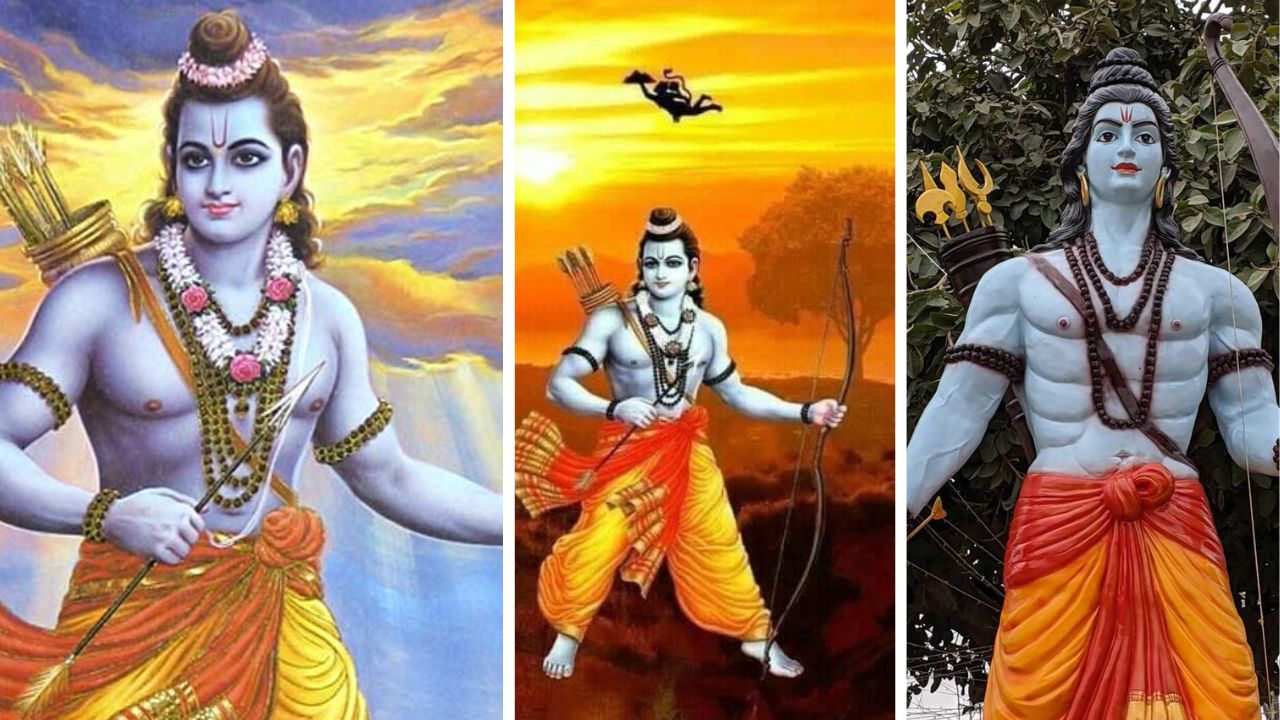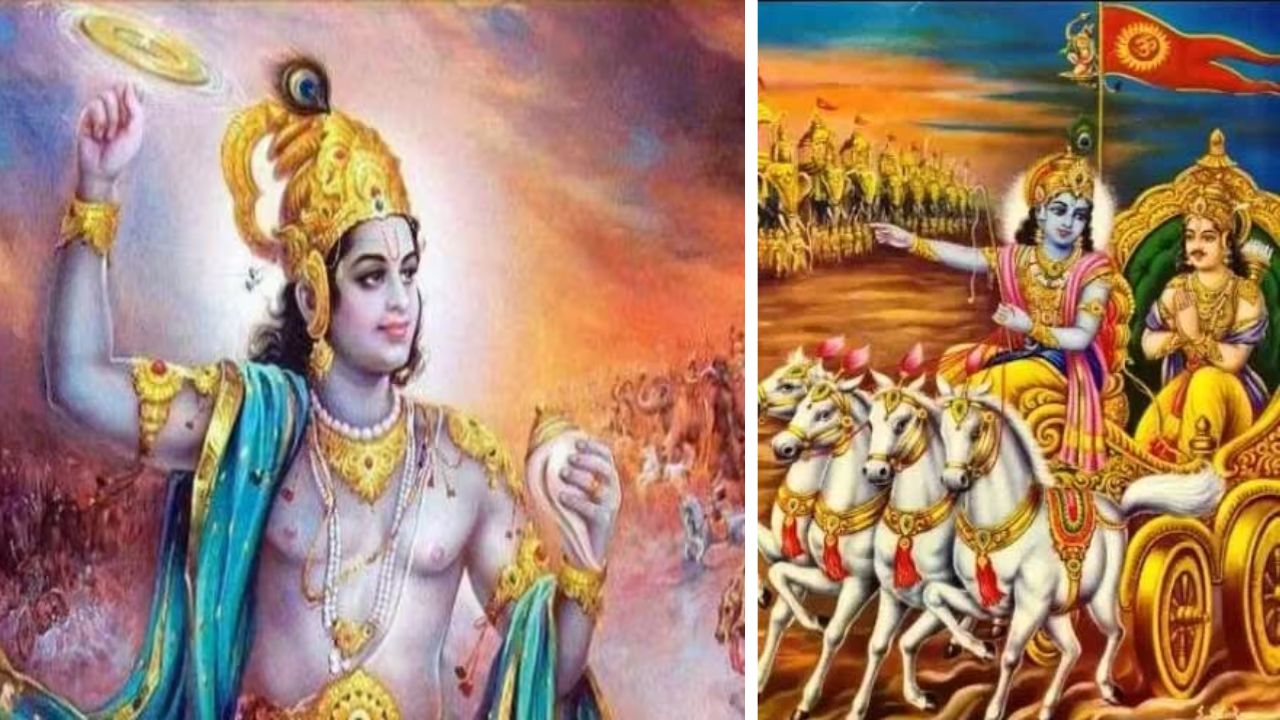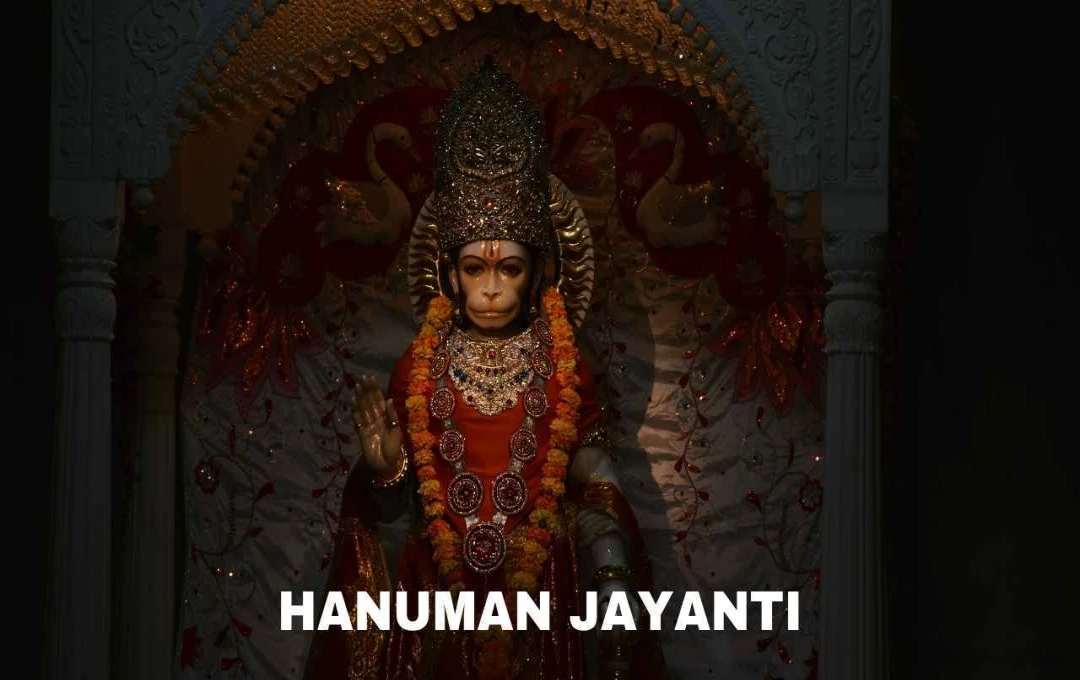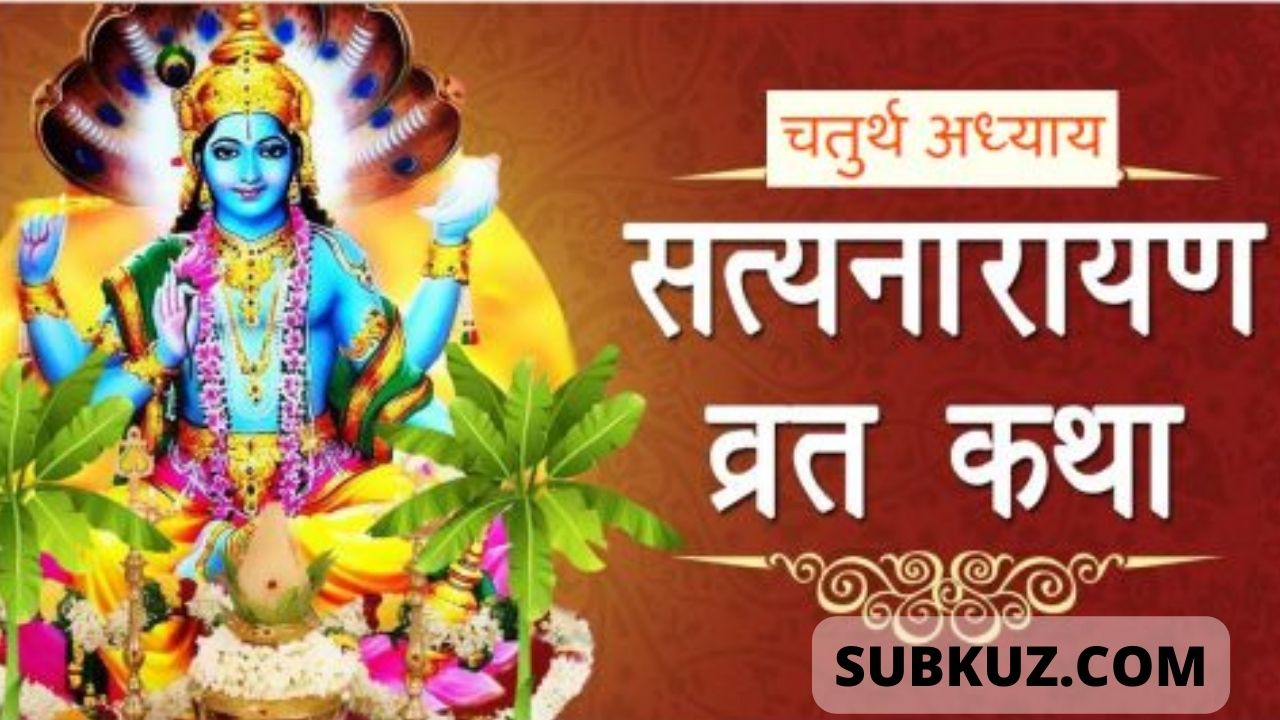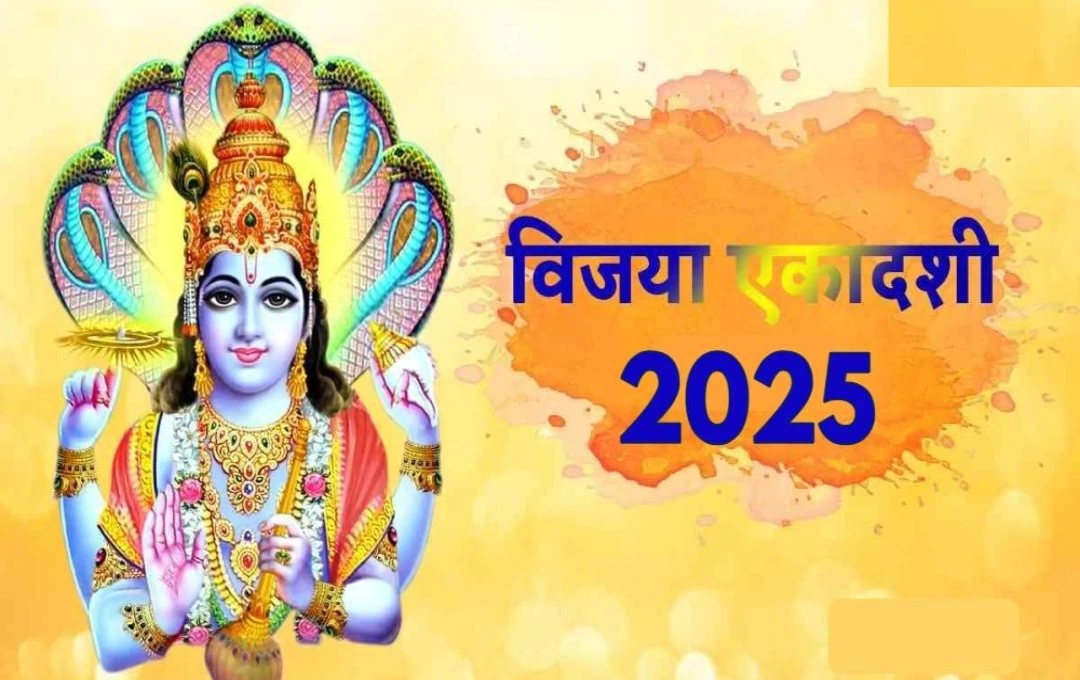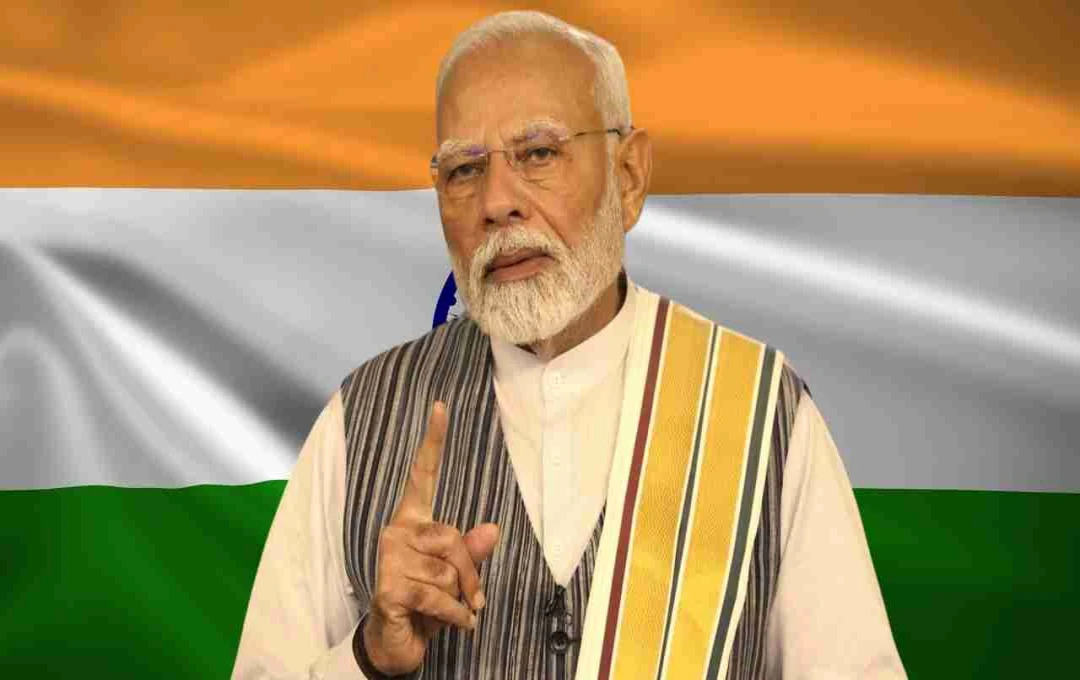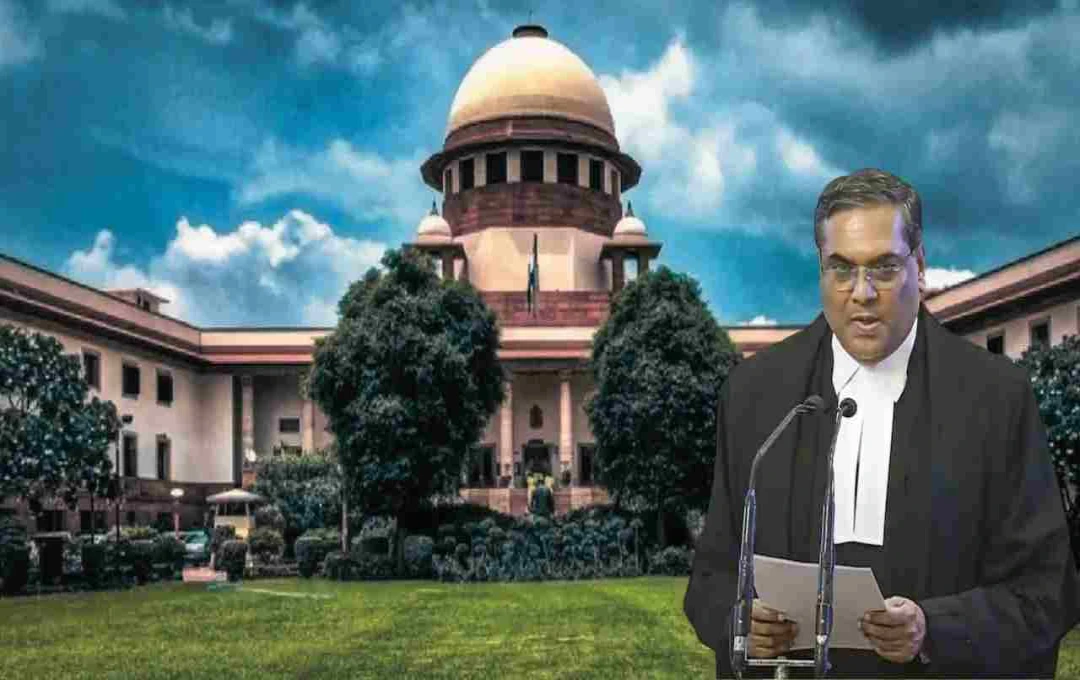History of Lord Shriram and amazing story related to it
Lord Shri Ram is a revered deity in ancient India. In Hinduism, Lord Shri Ram is the seventh avatar of Lord Vishnu, the tenth incarnation of Vishnu. The epic Ramayana provides comprehensive information about Lord Shri Ram, also known as Maryada Purushottam, a figure of immense respect in Hinduism.
Lord Ram is an avatar of Lord Vishnu and is also known as Shri Ram and Shri Ramchandra. According to the Ramayana, King Dasharatha, the solar dynasty king of Ayodhya, had no sons until the age of forty-one. Dasharatha, grieving over the lack of an heir, performed the Putraeshti Yagna (a ritual for sons). This resulted in the birth of his sons. The rays of the sun entered the womb of Goddess Kaushalya, thus giving birth to Rama in Ayodhya. Bharata was born. Lakshmana, with the blessings of Vayu, Shatrughna with the blessings of Indra. Shri Ram was the eldest of the four brothers, though younger than his sister. Lord Ram's biological sister was Shanta, the eldest sister and his three brothers. The festival of Shri Ram Navami, or Ram Navami, is celebrated annually on the Shukla Paksha Navami of the Chaitra month, described in the Sanskrit epic Ramayana as a great epic. The Ramayana mentions the construction of a stone bridge, Ram Setu, 48 kilometers long and 3 kilometers wide, to reach Lanka in search of Sita.
Teachings of Lord Ram
Lord Shri Ram and his three brothers, Lakshmana, Bharata, and Shatrughna, received their education in Guru Vasishtha's Gurukul. Lord Ram and his three brothers, having received education at Guru Vasishtha's ashram, became great scholars of the Vedas and Upanishads. While studying at the Gurukul, Lord Shri Ram and his brothers imbibed excellent human and social qualities. All the brothers became beloved to their gurus due to their good qualities and knowledge acquisition.
Brahmarishi Vishvamitra is taking Lord Ram and Lakshmana
When Shri Ram returned to Ayodhya after his education, Brahmarishi Vishvamitra arrived in Ayodhya. He informed Dasharatha that the ashram was repeatedly attacked by demons, causing difficulties in performing yagnas and other rituals, and thus requested that Shri Ram accompany him. Reluctantly, Dasharatha granted permission for Shri Ram to accompany Vishvamitra. Since Lakshmana always stayed with his brother Shri Ram, he also accompanied him. There, on the orders of his Guru Vishvamitra, Shri Ram killed Tadka and Subahu, and pushed Maricha into the southern shores of the ocean. Thus, he removed the threat to the ashram.
In this, Shriram conveyed the message that in scriptures, raising a weapon or killing a woman is considered against dharma, but violating a guru's command is considered an even greater sin. Therefore, in this dharma crisis, he chose the superior dharma and followed the guru's orders without hesitation.
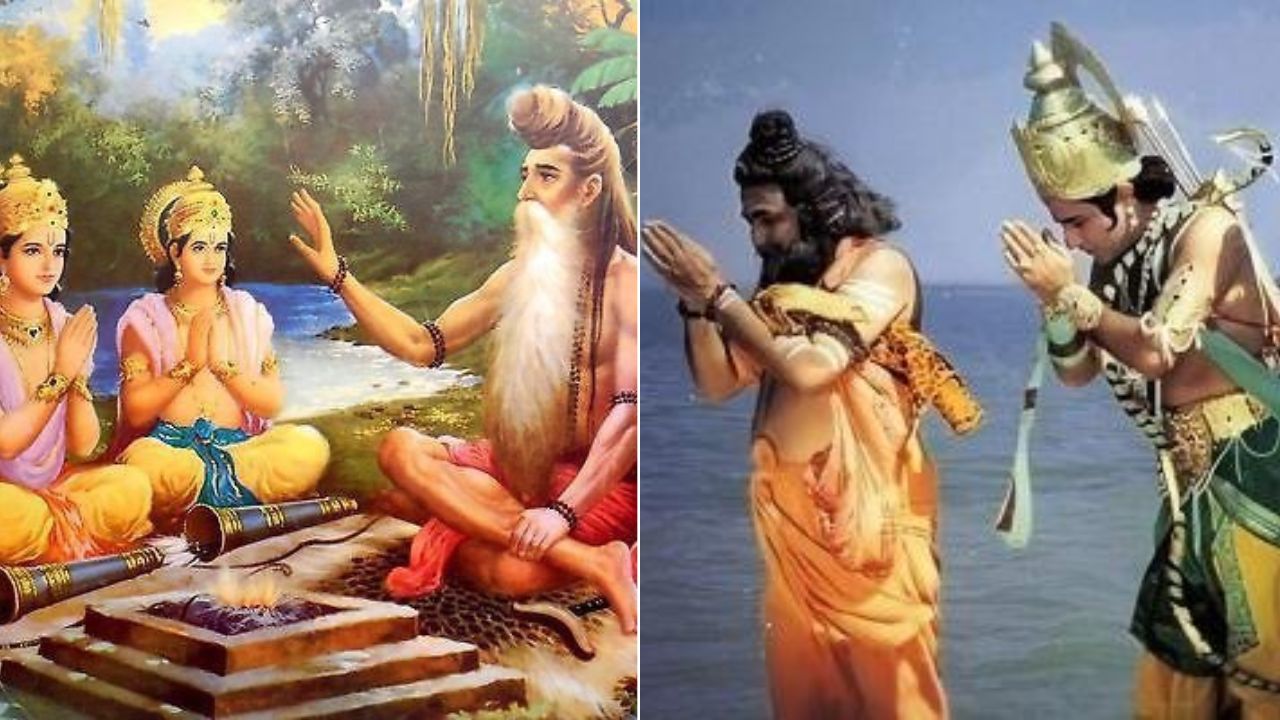
Why did Lord Vishnu take the avatar of Ram?
According to Hindu belief, Lord Shri Vishnu took the avatar of Ram to eliminate the injustice and wicked demon king Ravana and to free the earth from sin. In the avatar of Ram, Lord Shri Vishnu presented to the world the qualities of a virtuous son, brother, husband, and friend. Shri Ram willingly agreed to go into 14 years of exile at his father King Dasharatha's request, to live according to his principles. Lord Ram killed Bali, thus spreading a message of friendship throughout the world, and returned the kingdom to his friend Sugriva.
Promise to make Sita his wife
It was common for men to have multiple wives at that time. Often, a king had several wives. Lord Ram's father, Dasharatha, had three wives, but Shri Ram promised Mata Sita that he would never think of any other woman throughout his life. Only Mata Sita would be his wife for life, and he would never have the right to think about any other woman. In this way, he established the ideal of husband-wife relationships.
Story of Lord Ram
Lord Shri Ram is also known as Maryada Purushottam in Hinduism. Lord Shri Ram followed rules throughout his life. Lord Shri Ram's father, King Dasharatha, had three stepmothers, but Shri Ram had promised Mata Sita that he would never think of any other woman throughout his life. To uphold his father's word, Lord Shri Ram readily accepted a 14-year exile. Lord Shri Ram preferred to go into exile with his younger step-brother Lakshmana and his ideal wife Sita. Then Bharata refused to obey his mother Kaikeyi's orders for justice, and kept the sandals of his elder brother, Lord Ram, with him in the forest and performed the royal duties by placing those sandals on the throne.
Unsolved Mysteries related to Somnath Temple
While Lord Ram was in exile with his wife Sita and brother Lakshmana, Ravana abducted Sita. With the help of Hanuman and his friend Sugriva, Lord Ram searched for Sita, built a bridge over the ocean, went to Lanka, and fought a fierce battle with Ravana for his wife Sita. Finally, he killed the demon king Ravana and brought back his wife Sita. Lord Ram found a friend and devotee like Hanuman in the forest. Hanuman fulfilled all the tasks of Lord Ram. On returning to Ayodhya, his brother Bharata handed over the kingdom of Ayodhya to him. Lord Ram was a righteous king. Lord Shri Ram ruled well during his lifetime; hence, even today, people compare good governance with Ram Rajya. Friends, many fasts and festivals like Dussehra and Diwali in Hinduism are related to the life story of Lord Ram. The auspicious festival of Ram Navami is celebrated as the birthday of Lord Shri Ram.
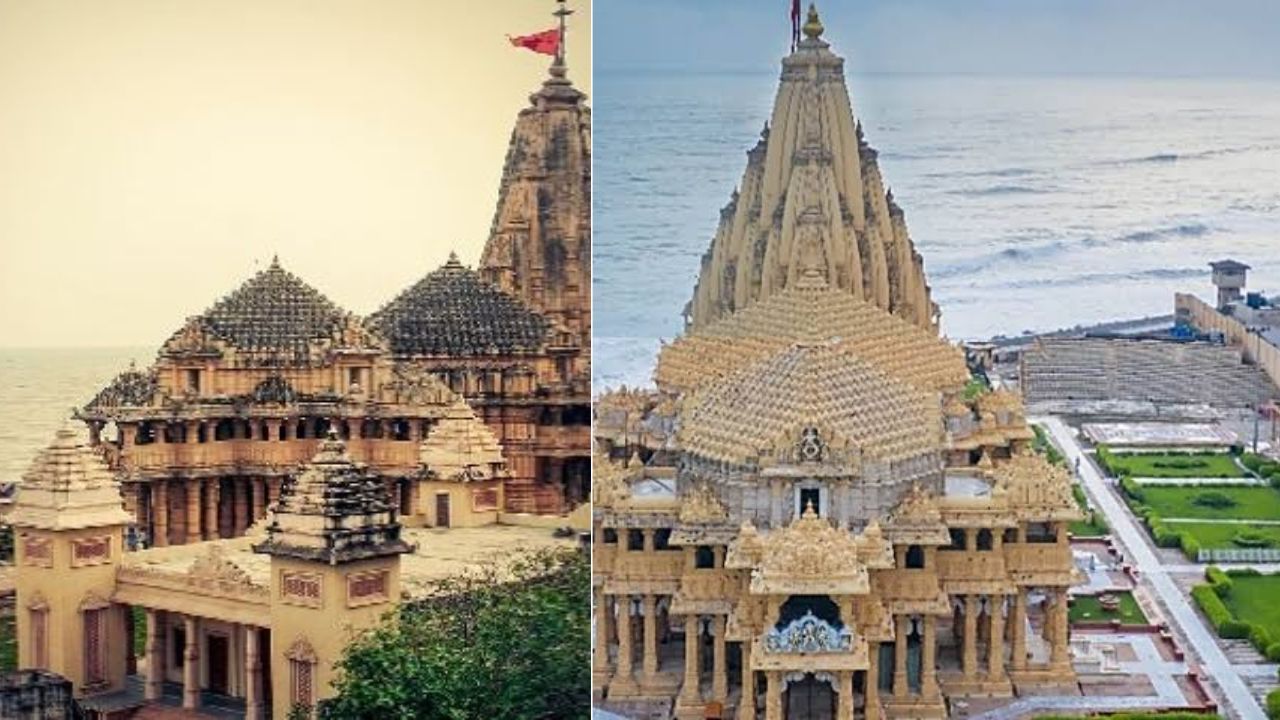
Ram was a skilled and benevolent king
Lord Ram wanted to keep his subjects happy in every way. He believed that a king whose subjects are unhappy is a king of hell. Mahakavi Tulsidas has discussed the divine rule of Ramrajya in the Ramcharitmanas. It is believed that Lord Ram's divine rule lasted for eleven thousand years in Ayodhya.
Lord Shri Ram for the indigenous people
During his exile, Lord Shri Ram organized and educated all the tribal people and Dalits of the country. He protected all saints and their ashrams from the terror of demons and devils. During his 14 years of exile, Lord Ram united all the castes and communities of India. While residing in Chitrakut, he also learned the teachings of dharma and karma. Lord Ram traveled across India and spread the message of truth, love, respect, and service among the indigenous people, tribes, hill people, and seafaring people of India. That is why when Ram fought with Ravana, all kinds of ineligible castes supported Ram.
Message of Lord Ram
Friends, Lord Ram is also called Maryada Purushottam. It is believed that Lord Ram performed every task within limits, whether it was answering a question, obeying his parents and going into exile for 14 years, or killing Ravana for his wife Sita. After Ravana's death, Lord Shri Ram did not hold any animosity towards his enemy, but instead sent his brother Lakshmana to learn a lesson from him about life. The character of Lord Shri Ram teaches us to obey and serve our parents.
